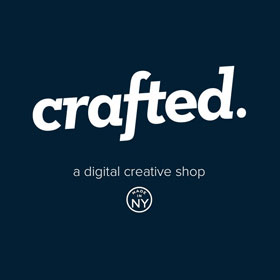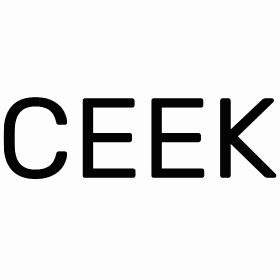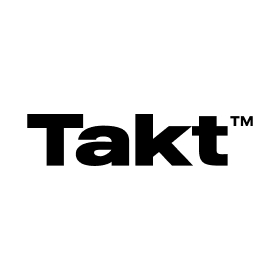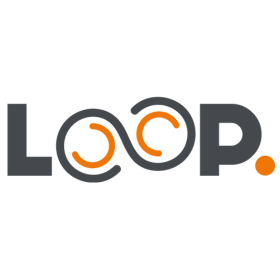
Progressive Web Apps: Industry Insights and Growth Trends
When Progressive Web Apps (PWAs) were first introduced by Frances Berriman and Google engineer Alex Russell in 2015, they represented more than a new web technology– they offered brands a pathway to engage customers in a streamlined, app-like experience without the baggage of app stores and large downloads. When speed, accessibility, and mobile-first experiences define digital success, PWAs are proving to be more than a passing trend. Recent data from Grand View Research, which you can read more here, highlights that PWAs are expected to grow at an impressive 31.1% CAGR through to 2030, reinforcing their rising role in marketing and digital engagement strategies.
Why PWAs Matter in a Crowded Digital Market
For any marketer, the goal is clear: find ways to connect with audiences quickly, efficiently, and meaningfully. With mobile usage at an all-time high, speed and reliability have become essential to keeping users engaged, especially in competitive sectors like e-commerce. The report notes that in 2023, North America led PWA adoption with over 33% market share, reflecting the region’s high smartphone usage and sophisticated development practices. Starbucks, for example, launched a PWA that enabled quicker access and offline functionality, which doubled its daily user engagement and encouraged repeat orders. This shows how small performance tweaks can shift customer behaviour and loyalty.
In essence, PWAs offer a balance of speed and functionality. They open websites as if they’re apps, minus the need for app stores or lengthy downloads. For brands, this means a more direct, frictionless route to users—crucial when even a few seconds delay can lead to customer drop-off.
Levelling the Playing Field for Smaller Brands
One of the most appealing aspects of PWAs is their cost-efficiency. Unlike native apps, which often demand substantial resources to build and maintain, PWAs are relatively low-cost, allowing smaller businesses to compete in areas that were once exclusive to large corporations. The report anticipates that PWA adoption among SMEs will grow by 33.5% annually, driven by these cost savings and the simplified development process. For smaller brands or startups, PWAs can mean the difference between a limited online presence and a competitive digital footprint. Without app stores to rely on for discovery, these brands can instead build on SEO-friendly, shareable experiences that can draw in audiences through organic search or social media—making every marketing dollar stretch further.
Integrating AI and IoT for Smarter Engagement
As AI and IoT continue to transform digital experiences, PWAs are adapting alongside, and integrating personalised and context-aware features. For instance, AI can help tailor recommendations or notifications, while IoT might make PWAs more intuitive and responsive based on the user’s environment. However, as the report observes, native apps are still championing by giving access to certain device-specific features like high-resolution cameras or real-time notifications. Marketers, therefore, need to assess whether a PWA’s cross-device, low-barrier approach outweighs the need for specialised native app functions in their campaign objectives.
Building Connections Across Devices
One of the most remarkable strengths of PWAs is their consistent performance across devices. Users can access them on smartphones, tablets, and desktops without losing functionality or aesthetics. The report highlights that this flexibility led to platform development accounting for 55% of the PWA market in 2023, with brands leveraging PWAs to provide consistent customer journeys across devices.
Yet, discoverability remains a challenge. Unlike native apps, PWAs don’t benefit from app store visibility, meaning they’re less likely to be stumbled upon. But this can be a strength if marketers strategically deploy SEO and social media campaigns to drive awareness, making PWAs more integrated into a user’s search and social behaviours.
Custom PWAs vs. Off-the-Shelf Options: What’s Right for You?
While many brands leverage off-the-shelf PWAs, large companies increasingly favour custom PWAs that integrate directly with existing systems, from CRM platforms to payment gateways. These custom builds allow for more flexibility and alignment with complex operations, but as Grand View Research points out, high costs and a slower ROI can make this a challenging choice for smaller businesses.
For marketers, the decision to go custom or stick with pre-built PWA solutions depends on brand goals, audience needs, and resources. Think of custom PWAs as a long-term investment, one that might suit brands with high traffic and specific operational needs, whereas pre-built solutions can provide a faster path to digital transformation with minimal risk.
Navigating Regulatory Hurdles in Sensitive Sectors
Certain sectors, like finance and healthcare, have been slower to adopt PWAs, primarily due to stringent data privacy and security regulations. Grand View Research identifies this as an area of opportunity for brands that can ensure compliance, as a secure PWA can set a business apart in industries where convenience and accessibility often come with a trade-off in security. For marketers working in regulated industries, PWAs could become a unique selling point, allowing them to offer a secure, app-like experience that aligns with customer expectations for privacy.
Finding the Right Balance: PWA or Native App?
Platforms like Twitter Lite and Pinterest have used PWAs to provide faster, more accessible experiences in regions with slower internet. While PWAs offer reach and accessibility, native apps continue to dominate when it comes to highly specialised functionalities. For example, if a campaign needs real-time, location-based notifications or high-quality media uploads, native apps might still be the better choice. But if the goal is to create a wide-reaching, mobile-friendly experience that captures and converts customers quickly, PWAs are increasingly worth considering.
The Road Ahead for PWAs
Looking forward, Grand View Research suggests that as AI and IoT continue advancing, PWAs will become even more versatile, potentially offering more features once unique to native apps. This shift will make PWAs an attractive choice for marketers who value adaptability and seek a future-ready solution for engaging users on their terms. This kind of digital engagement isn’t just reactive but proactive, positioning PWAs as an indispensable tool in any modern marketing toolkit.
Source: https://www.grandviewresearch.com/industry-analysis/progressive-web-apps-pwa-market-report























